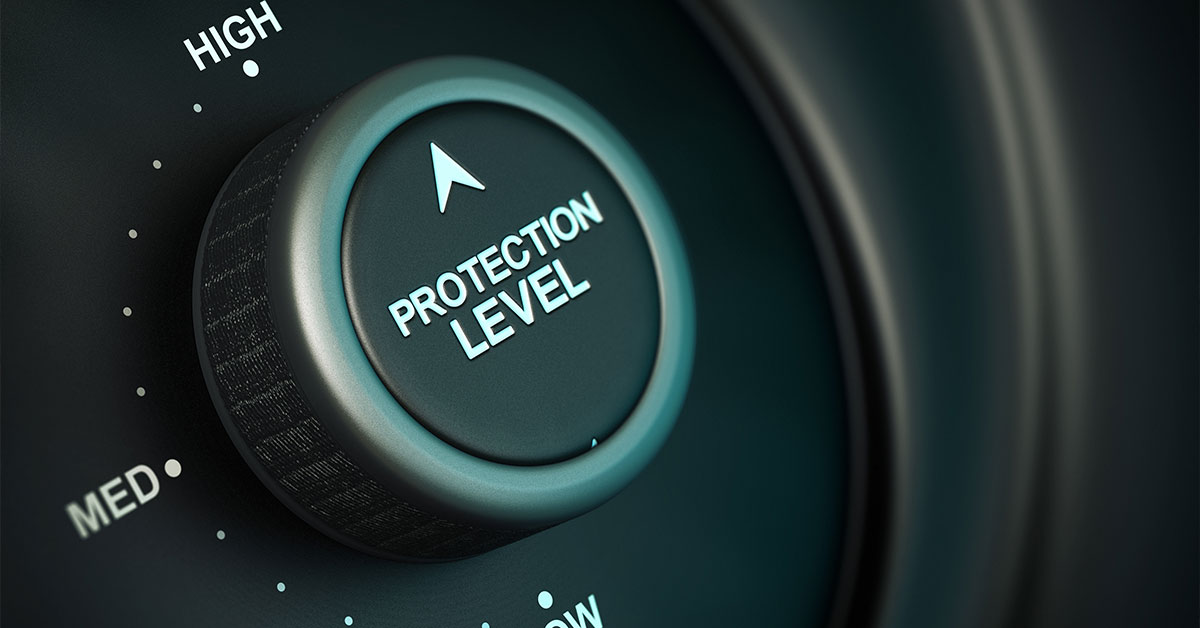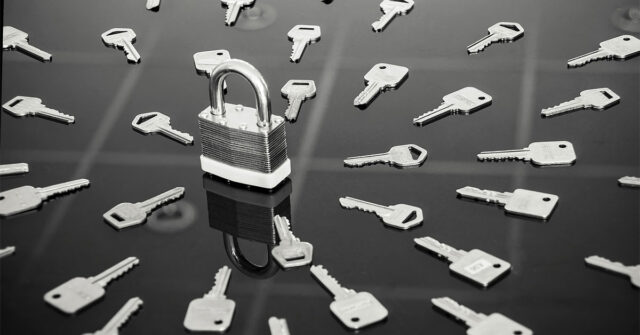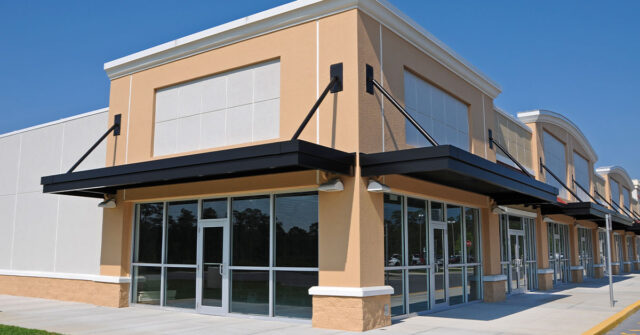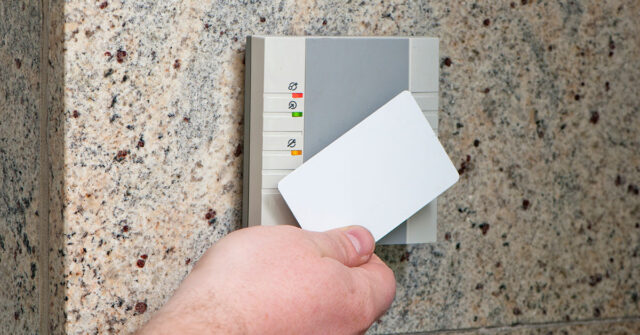Securing a business goes beyond just protecting assets; it’s about ensuring the continuity of operations, safeguarding employees, and maintaining customer trust.
In Australia, where the commercial landscape is as diverse as its ecosystem, the need for robust security measures cannot be overstated.
This comprehensive guide delves into the world of high-security locks, illustrating why they are not just a luxury but a necessity for businesses looking to fortify their premises against evolving threats.
Introduction to High-Security Lock Systems
High-security lock systems are the first line of defence in business security. Unlike standard locks, these systems are designed to resist tampering and forced entry, providing a higher level of protection.
In this section, we’ll explore what sets high-security locks apart, the benefits they offer over conventional locking mechanisms, and how they conform to the stringent Australian standards set for security devices.
The Basics of High-Security Locks
High-security locks are characterized by features that thwart lock picking, bumping, drilling, and unauthorized key duplication.
These locks come equipped with complex pin configurations, reinforced materials, and patented keyways that collectively create a formidable barrier against intrusion.
For Australian businesses, investing in such locks means taking a proactive stance in protecting their assets.
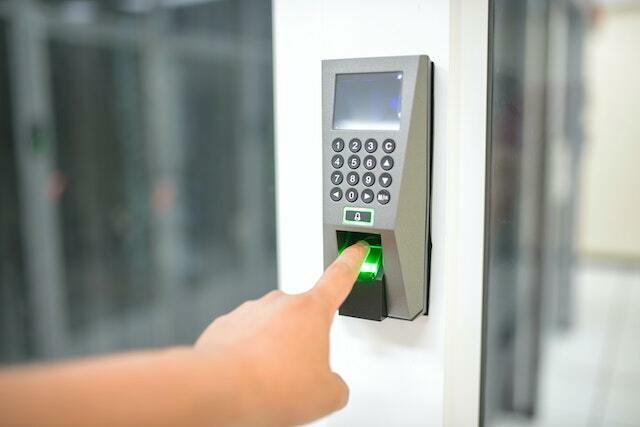
Why Standard Locks Fall Short for Business Security
Standard locks might suffice for residential use, but in a business setting, they offer minimal resistance to experienced burglars.
The lack of complexity in their design makes them vulnerable to various bypass methods commonly employed by criminals.
High-security locks are specifically engineered to counteract these methods, providing businesses with peace of mind that their premises are well-protected after hours.
Understanding the Australian Standards for High-Security Locks
In Australia, the standards for high-security locks are governed by ASIO’s T4 Protective Security. These standards ensure that the locks are tested for their resistance to various forms of attack.
Australian businesses must look for locks that meet or exceed these standards to ensure the highest level of security for their establishments.
The Importance of High-Security Locks for Australian Businesses
In an era where business threats are increasingly sophisticated, high-security locks serve as a critical component of a comprehensive security strategy.
For Australian businesses, these locks are not just a deterrent but a key to safeguarding their livelihood against the backdrop of rising break-in statistics across the nation.
Recent Crime Statistics in Australia: A Call for Better Security
The latest figures from the Australian Bureau of Statistics indicate a worrying trend in property offences, including break-ins and theft.
This uptick underscores the urgent need for businesses to upgrade their security systems with high-security locks, which have proven to be a formidable challenge for even the most skilled intruders.
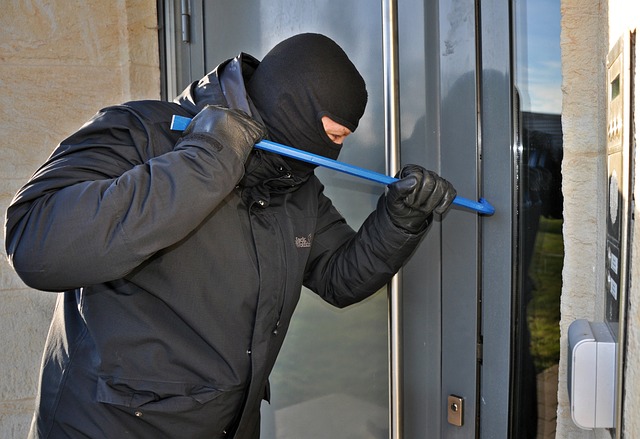
Case Studies: How High-Security Locks Have Protected Businesses
Real-world incidents across Australia reveal that businesses with high-security locks are less likely to be the target of break-ins.
By examining various case studies, we can see the effectiveness of these locks in action, providing tangible evidence of their role in crime prevention and business continuity.
The Role of High-Security Locks in Business Insurance Policies
Insurance companies in Australia often offer reduced premiums to businesses that take active measures to secure their premises.
High-security locks are recognized as a significant security enhancement, potentially lowering insurance costs and demonstrating a business’s commitment to risk management.
Features of High-Security Locks
The defining features of high-security locks are what make them an indispensable tool in business security.
Engineered with precision and made from high-grade materials, these locks are equipped with a range of features designed to resist the most determined of attacks.
Restricted Key Systems: Ensuring Only Authorized Duplication
Key control is a crucial aspect of high-security locks, preventing the unauthorized duplication of keys.
Restricted key systems use patented key designs that can only be replicated by authorized locksmiths and often require a security card or code for duplication, adding an extra layer of security.
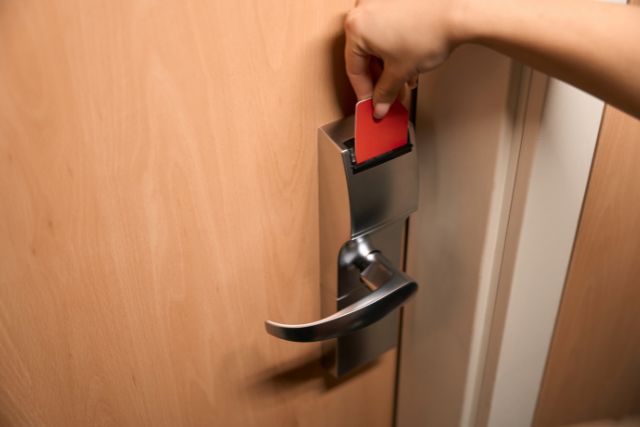
Pick Resistance: Keeping Out Unwanted Intruders
Pick resistance is a fundamental feature of high-security locks.
These locks are designed with complex pin configurations that defy conventional lock-picking tools, ensuring that only those with the correct key can gain entry.
Drill Protection: Fortifying Against Forced Entry
High-security locks are built to withstand drilling, one of the most common methods used by burglars to compromise locks.
They are reinforced with anti-drill plates and rods made of hardened steel, providing a durable barrier against forced entry attempts.
Electronic and Smart Lock Options for Modern Businesses
The advent of electronic and smart lock technology offers businesses an advanced level of security and convenience.
These locks can be integrated with access control systems, allowing for keyless entry, remote management, and the ability to track entry and exit, all controlled through sophisticated software.
Evaluating High-Security Lock Brands and Models
With a variety of high-security lock brands and models available on the Australian market, selecting the right option can be daunting.
An evaluation of the most reputable brands and their models can guide businesses towards making an informed decision that aligns with their security needs.
Leading Manufacturers of High-Security Locks in Australia
Manufacturers like ASSA ABLOY, BiLock, and Lockwood have a strong presence in the Australian market and are known for their high-security lock solutions.
These brands are synonymous with quality and reliability, offering products that meet the rigorous Australian standards for security devices.
Comparing Mechanical and Electronic High-Security Locks
Choosing between mechanical and electronic high-security locks depends on a business’s specific requirements.
Mechanical locks are renowned for their durability and long-lasting nature, while electronic locks offer advanced features such as access control, audit trails, and the ability to easily change or revoke access rights.
Essentially they both have their pros and cons.
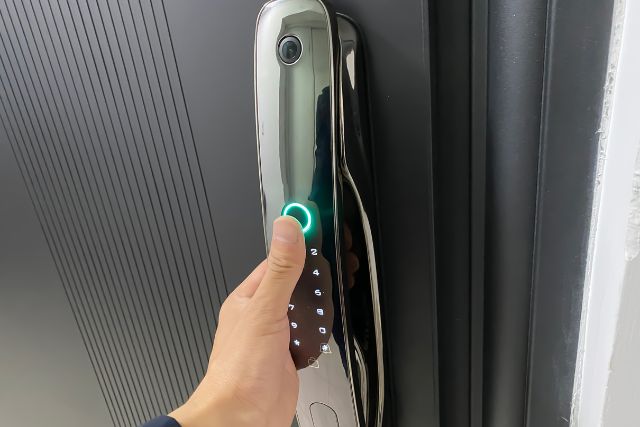
Reviews: Top-Rated High-Security Locks for Various Business Types
Reviews from security experts and business owners can provide valuable insights into the performance and reliability of different high-security locks.
Top-rated locks often feature in industry awards and are recommended by professional security associations, indicating their suitability for businesses ranging from retail to corporate environments.
Implementing High-Security Locks in Your Business
Once a business has selected the appropriate high-security locks, the next step is implementation.
This stage is crucial and must be approached with careful planning and consideration of the business’s unique security requirements.
Assessing Your Business’s Security Needs
Assessment begins with understanding the vulnerabilities of the business premises.
This may involve consulting with a security professional who can provide a risk assessment and recommend a tailored security plan that includes high-security locks as a cornerstone of the defence strategy.
Installation: Professional Versus DIY Approaches
Installation of high-security locks should ideally be performed by professionals, ensuring that the locks are correctly fitted and function as intended.
While there are DIY options available, the precision required for high-security locks typically necessitates the expertise of a skilled locksmith.
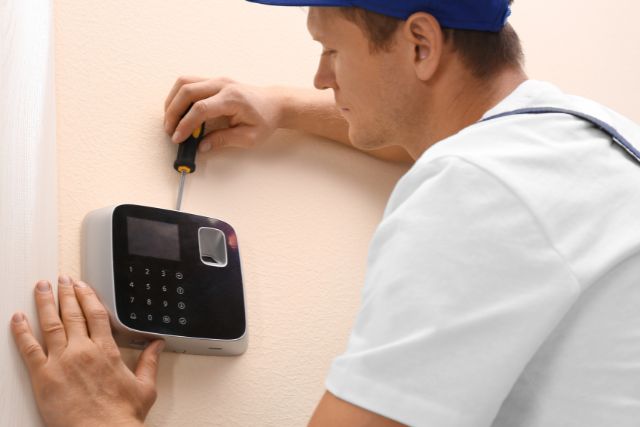
Integration with Other Security Systems
For optimal security, high-security locks should be integrated into the broader security infrastructure of the business.
This could include connection to alarm systems, surveillance cameras, and access control systems, creating a comprehensive security network that safeguards all aspects of the business.
Maintenance and Upkeep of High-Security Locks
Regular maintenance is essential to ensure the continued effectiveness of high-security locks. Neglecting this aspect can lead to wear and compromise the lock’s integrity over time.
Scheduled Maintenance for Longevity
Scheduled maintenance should be a part of the security routine for any business.
This includes periodic checks by a qualified locksmith to ensure that the locks are functioning correctly and to address any wear and tear that may have occurred.
Upgrading Locks: When to Do It and Why
Technology and security threats are constantly evolving, and so should the security measures of a business.
Upgrading locks is not just about responding to wear and tear but also about staying ahead of potential security breaches with the latest advancements in lock technology.
Troubleshooting Common Issues with High-Security Locks
Even the most robust high-security locks can encounter issues.
Common problems can include key jamming, electronic failures, or alignment problems, all of which can be swiftly addressed by knowledgeable professionals, ensuring minimal disruption to business operations.
Legal and Compliance Considerations in Australia
Adhering to legal and compliance requirements is not just about following the law; it’s about ensuring the safety and accessibility of the business for all individuals.
Australian businesses must be cognizant of these aspects when implementing high-security locks.
Navigating Australian Building Codes and Security Regulations
Businesses need to navigate the complexities of Australian building codes and security regulations, which stipulate the requirements for lock systems.
Ensuring compliance can prevent legal issues and ensure that security enhancements are recognized by authorities and insurers.

Compliance with Fire Safety and Accessibility Standards
High-security locks must also comply with fire safety and accessibility standards, ensuring that in the event of an emergency, individuals can exit the premises safely.
These standards are in place to protect not just property but lives, and compliance is non-negotiable.
Cost-Benefit Analysis of High-Security Locks for Businesses
The investment in high-security locks is often viewed through the lens of upfront costs.
However, a cost-benefit analysis can reveal the long-term savings and value that these locks provide in terms of prevention of loss and reduction in insurance premiums.
Understanding the Investment: Initial Costs Versus Long-Term Savings
The initial costs of high-security locks include the purchase price and installation. These costs can escalate quickly depending on the lock itself and the labour required to install and set up.
However, these costs are mitigated over time through the prevention of theft, reduced insurance rates, and the longevity and durability of the locks themselves.
As such, the benefits often make them a wise investment for the long-term financial health of the business.
Calculating Return on Investment for High-Security Locks
To truly understand the value of high-security locks, businesses must calculate the return on investment (ROI).
This calculation should factor in the cost savings from averted break-ins, potential discounts on insurance, and the intangible benefits of increased employee and customer confidence in the business’s security measures.
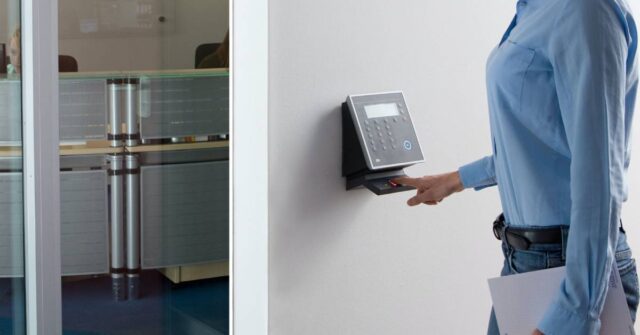
Conclusion: Making the Decision for Your Business’s Security
The decision to invest in high-security locks is a significant one that can profoundly impact the safety and security of a business.
It is a decision that requires careful consideration of the unique needs of the business, the value of the assets to be protected, and the company’s overall security strategy.
Final Thoughts on the Value of High-Security Locks
High-security locks are more than just a locking mechanism; they are a statement of a business’s commitment to security and a proactive step in protecting against the ever-present threat of crime.
As the business world evolves, so too should the measures that protect it.
Next Steps: Moving Forward with Enhanced Security
Taking the next steps towards enhanced security means consulting with professionals, selecting the right high-security lock systems, and integrating them into a broader security strategy.
It’s an investment in the future, securing a business against threats and positioning it for success in the Australian market.

